Owner Profile: Robert Graves Jr. Who Entered His Mercedes in Three Vanderbilt Cup Races
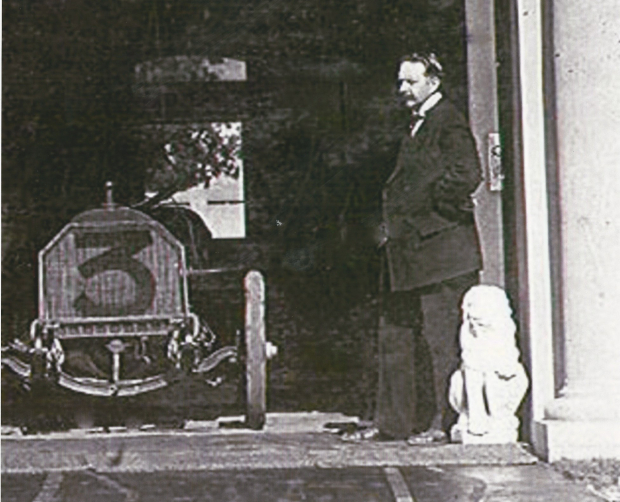
Joe Schramm has forwarded this email looking for information on Robert Graves Jr., the owner of Mercedes racers which participated in three Vanderbilt Cup Races (1905, 1906 and 1908.)
A Google search on Robert Graves Jr. revealed very little. But a search of his father's company Robert Graves Company and Robert Graves' 1931 New York Times obituary provided the answers to most of Joe's email questions.
Enjoy,
Howard Kroplick
Hi Howard:
I have been interested in the Long Island Motor Parkway since my childhood in the 1960s.
There is one individual related to the races who I would like to know more about. That individual is Robert Graves. He was the owner/proprietor of a mansion-like Spanish style garage located on Searing Avenue in Mineola. According to a newspaper article I found online, he often would have Sunday afternoon “entertainments” on the lawn, attended by many notables of the day, including Alva Vanderbilt Belmont. Can you direct me to acquire more info about this individual and to discover what ever happened to him?
As a child, I had an avid interest in the parkway. I would ride my bicycle to the Old Courthouse Road bridge in Manhasset Hills or walk along what remained of the paved roadway by the Links, a private golf facility, in North Hills (now the village’s golf club). At that time, the road was covered with broken glass, fallen trees and brush.
We had distant relatives by the name of Krug, and my father would mention that they owned a hotel in East Williston or Mineola and that racers would stay there (not sure if that is accurate). But, there is one major coincidence that astounded me in recent years, and that was a photo of Robert Graves’ mansion-garage, which I remembered as my elementary school. (The photos appears below. You had previously asked your readers to identify another photo of this building.)
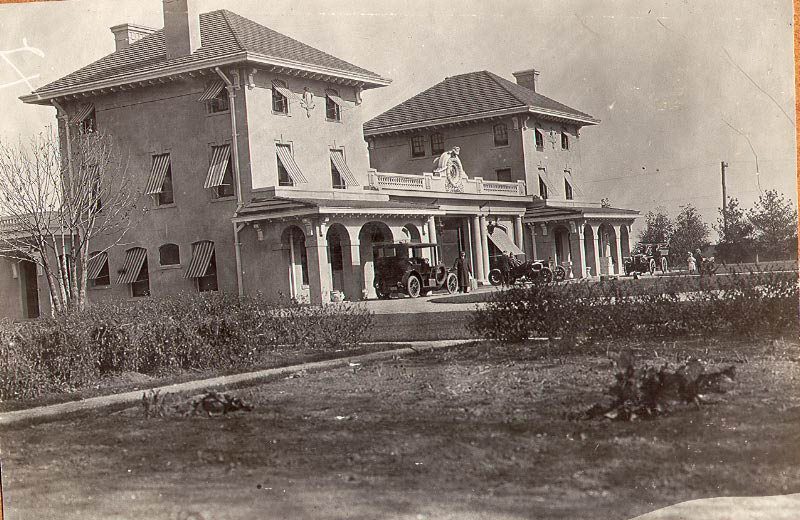
The school, as you have reported on your site, was Corpus Christi School, on Searing Avenue in Mineola. The mansion-garage was torn down in 1966 to make room for a new school building addition (another earlier adjacent building was built in the 1950s). The 1950s and 1967 building remain on the site today.
I recall that Grave’s building was three stories, with two tower sections. The nuns told us that the parish had built classrooms on the second and third floors that “filled in” the space between the two towers. There was a wall around the property, and some remains today. But, when I attended the school, the wrought iron gates and gas lanterns were still in place. There was a circular driveway, and the property was outlined by tall, slender pine trees. What was curious, was that the classrooms on the first floor had concrete floors. Looking back now, I realize that those particular classrooms were originally part of the garage section of the structure. Imagine, learning my alphabet in the same space where Graves had stored his Mercedes!
But who was this man? Where was he from? What did he do for a living? Whatever became of him? And, why did he ultimately sell the building to the parish for their school? Can you help me find out?
Thank you.
Regards,
Joe Schramm
Robert Graves Company- Manufacturers of Wall Papers
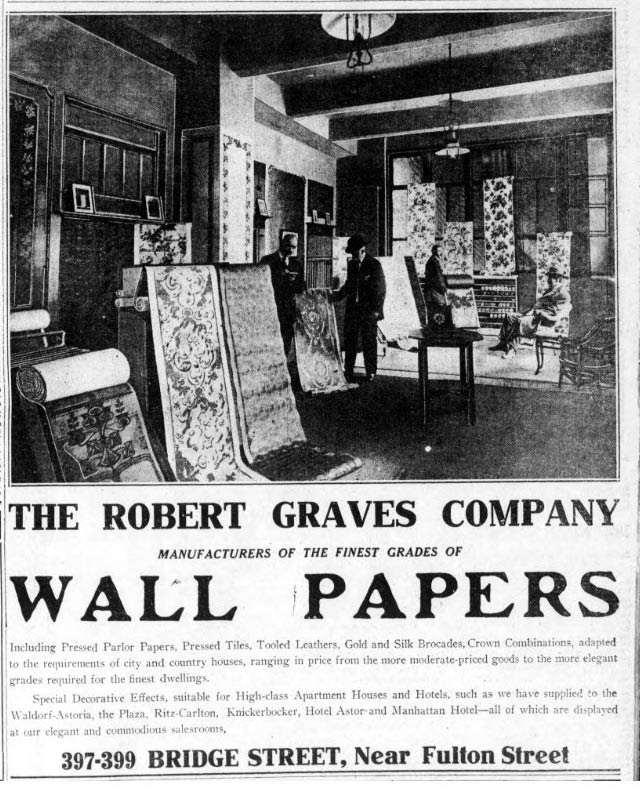
Robert Graves Jr's' wealth came initially from his father's company Robert Graves Company. As described in brownstoner.com:
Between 1843 and 1929, the Robert Graves Company produced some of the metropolitan area’s finest wall coverings. It did it all: one-of-a-kind commissions and limited editions for interior decorators, as well as more modest mass-produced papers for middle-class homes.
Robert Graves was born in Ireland. Unlike many of his fellow Irish immigrants, he did not arrive on our shores with nothing. His father, Sir William Graves, was a well known artist. Robert came to America as a successful wallpaper manufacturer.
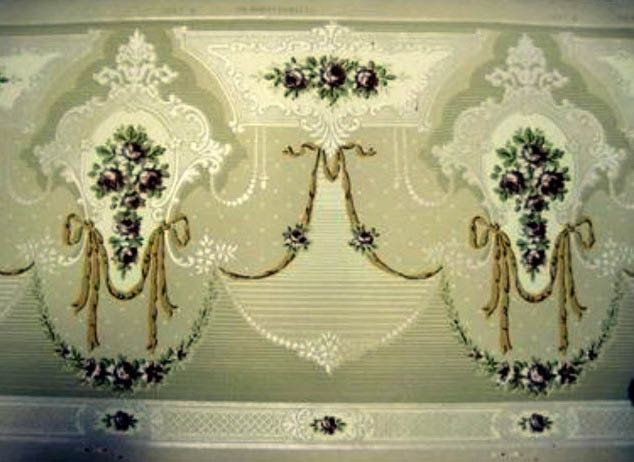
The 1840s was a popular period for wallpaper, or, as it was referred to at the time, “wall hangings.” Advances in block printing, pigments and paper technology made wallpaper a popular choice for the tasteful home.
The style makers of the day, such as Andrew Jackson Downing, favored wallpaper for parlors and public spaces. They liked patterns that imitated classical themes such as columns and capitals, swags and garlands, and landscape murals.
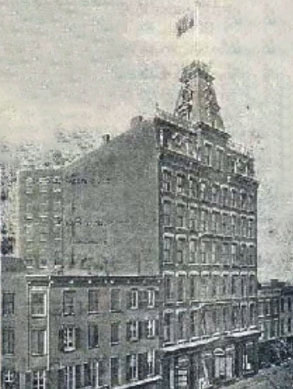
The Robert Graves Company soon occupied a large five-story factory and showroom building in the Madison Square section of Manhattan, on East 35th Street. It was selling briskly in New York, as well as across the country. By 1870, Graves built a seven-story factory building and showroom that faced Fulton Street, between Carlton and Adelphi streets. This building had a mansard roof and a central tower; the back of it faced a courtyard that connected all three parts of the complex.
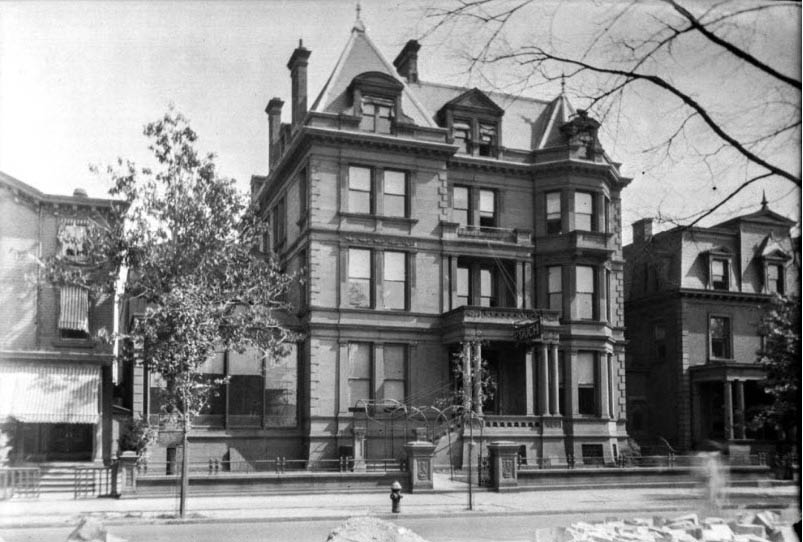
In addition to the wallpaper company, Robert Graves also invested a lot of money in Manhattan and Brooklyn real estate. He was now wealthy enough to do anything he wanted, like indulge in his passion for art. He had already amassed quite a collection of important contemporary paintings and sculptures.He purchased a large parcel of land on Clinton Avenue, the area’s premier street, and commissioned architect William Mundell to design the best house on the Hill. It would be an enormous mansion with a large addition to house his art collection. The house was begun in 1884 and was supposed to be completed in early 1886.
Robert Graves, Jr. (1866-1931)
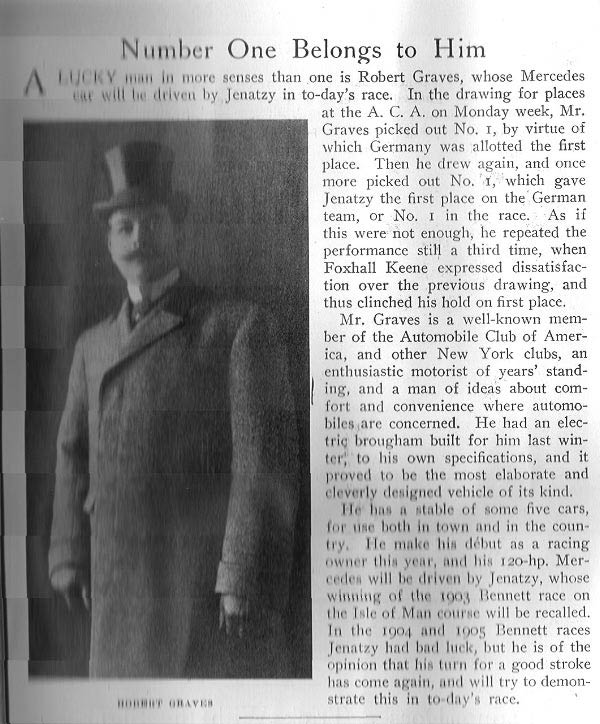
Robert Graves Jr., the eldest son of Robert Graves Sr., was born in 1866. With the death of his father in 1886, 20-year old Robert Graves Jr. took over management of the company, which continued to grow. With the great success of the company, he pursued his passion for racing automobiles. By 1905, Graves own five automobiles and entered his Mercedes in the 1903 and 1905 Gordon Bennett Races with Camille Jenatzy as his driver.
Graves Marries Marguerite Plant, January 20, 1904.
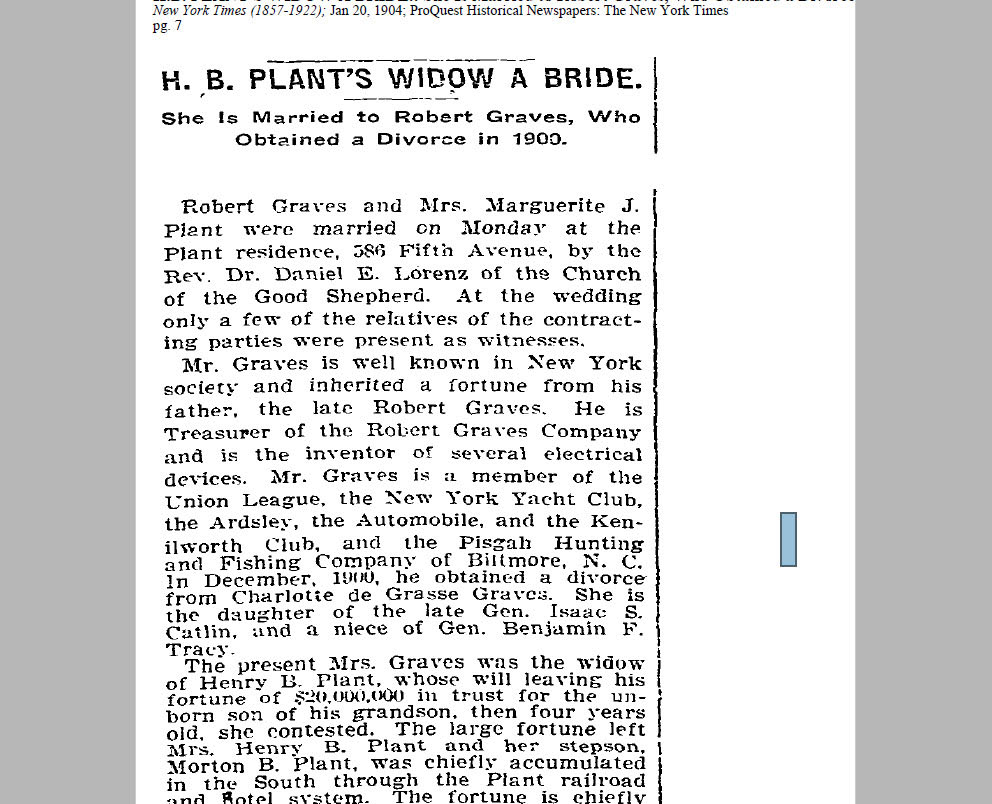
In 1904, Robert Graves married Marguerite Plant, heir to a railroad and hotel fortune.
1905 Vanderbilt Cup Race
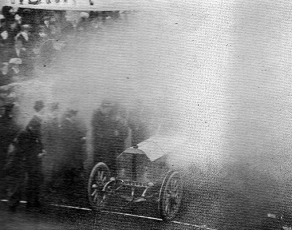
For the 1905 Vanderbilt Cup Race, Graves entered his 120 HP Mercedes. Driving by Belgian driver Camille Jenatzy, the #1 car finished 15th.
1906 Vanderbilt Cup Race
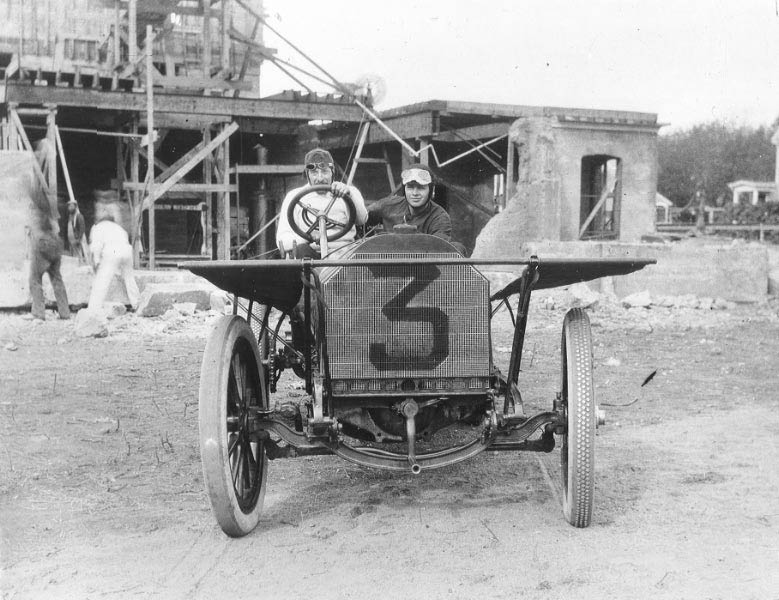
For the 1906 Vanderbilt Cup Race, Graves entered the #3 Mercedes again driven by Camille Jenatzy. In 1906, Graves was building a large and elaborate garage in Mineola, seen in the background behind the Mercedes.
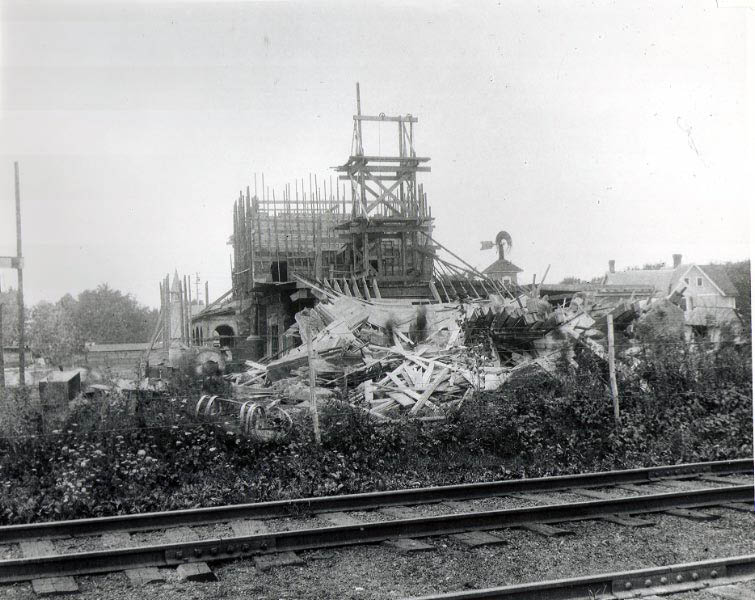
Unfortunately, while under construction, the building collapsed resulting in the death of three workers and injuring 12 men.
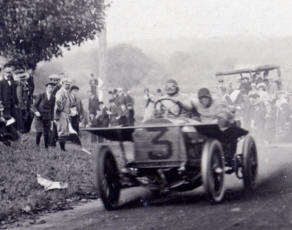
In the 1906 Vanderbilt Cup Race, Graves' Mercedes finished 5th, completing all 10 laps and averaging 58.5 mph.
Grave's Garage
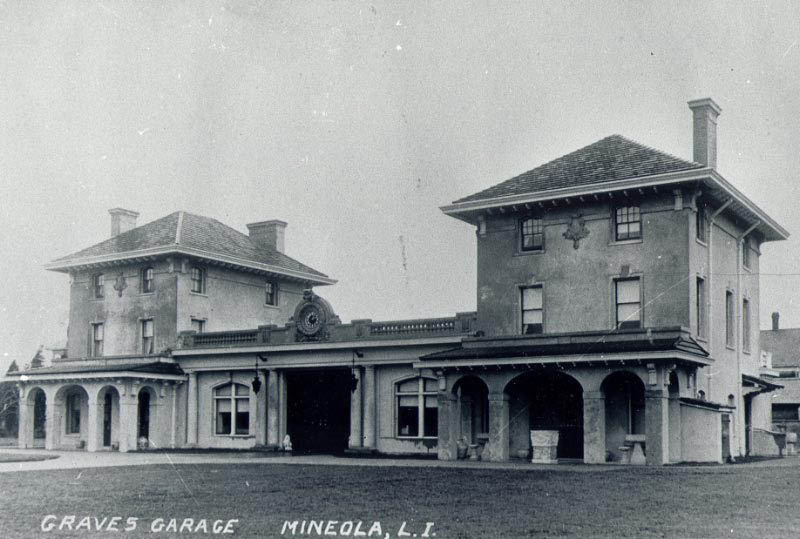
The rebuilt Graves' Garage in Mineola was completed by September 1908. It was likely the largest private garage on Long Island and, possibly, the United States.
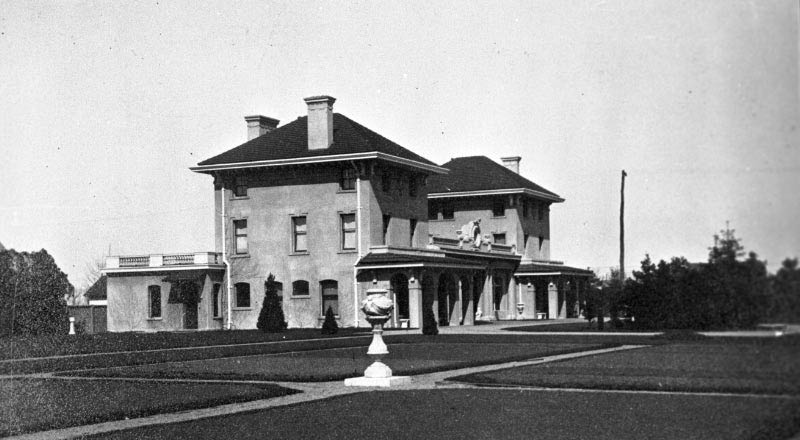
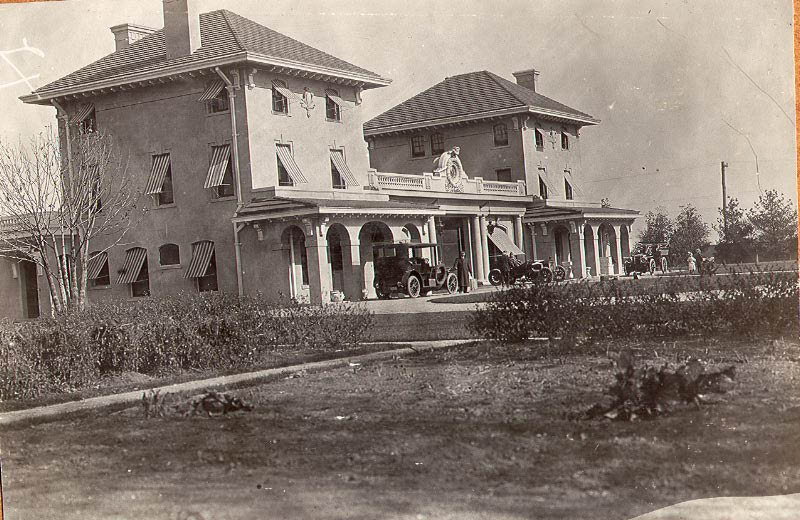
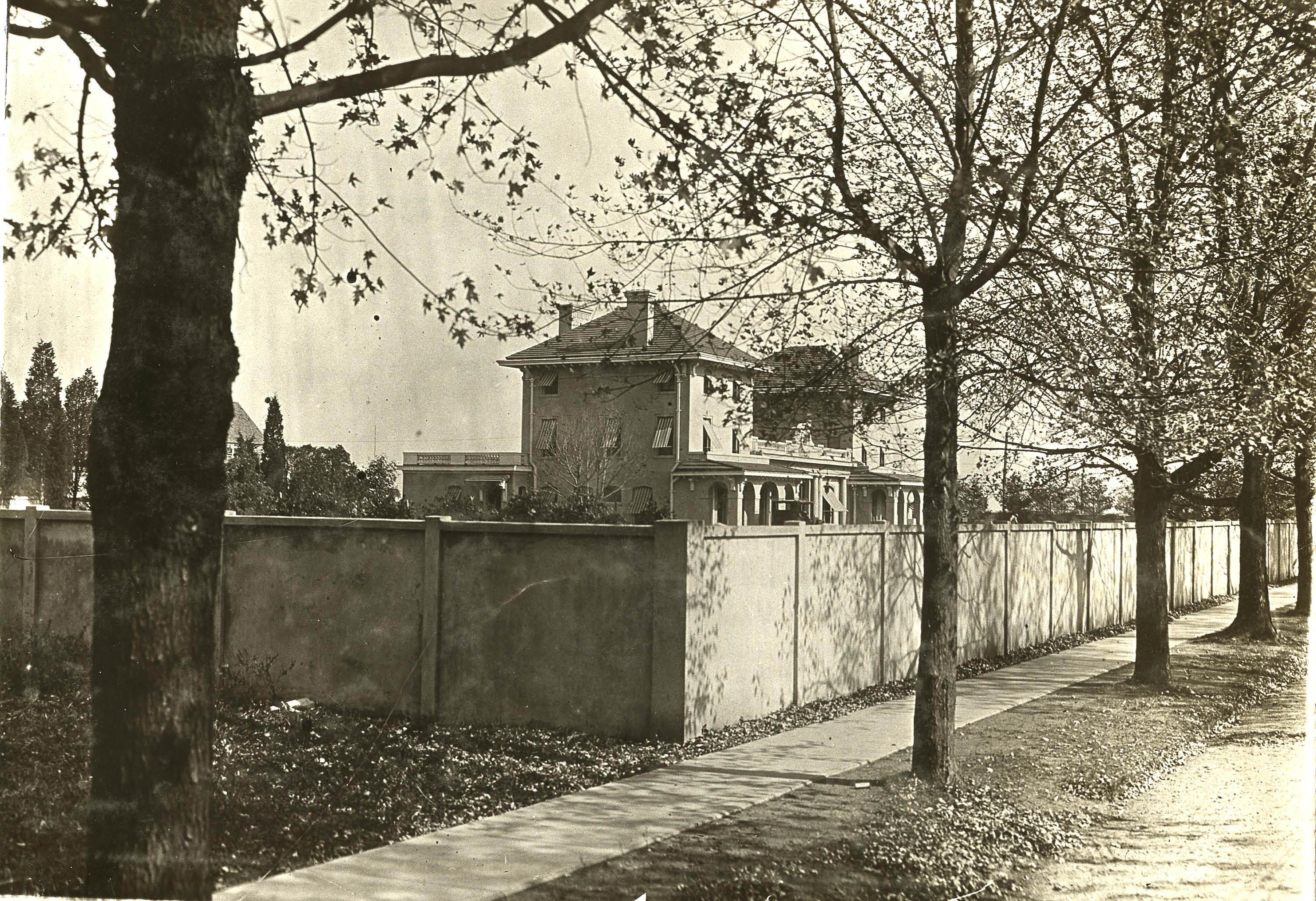
1908 Vanderbilt Cup Race
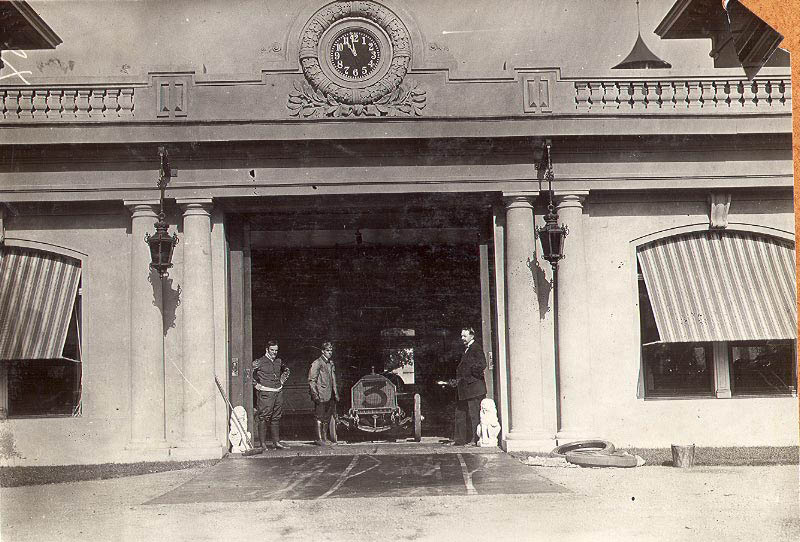
For the 1908 Vanderbilt Cup Race, Graves once again entered a Mercedes, likely the same racer as 1905 and 1906.
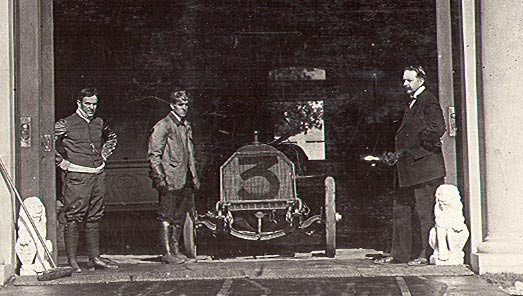
Graves (right) can be seen here with his new driver Emil Stricker (left).
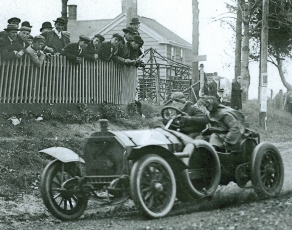
The #3 Mercedes finished sixth after catching fire in Locust Grove.
Robert Graves Dies in 1931
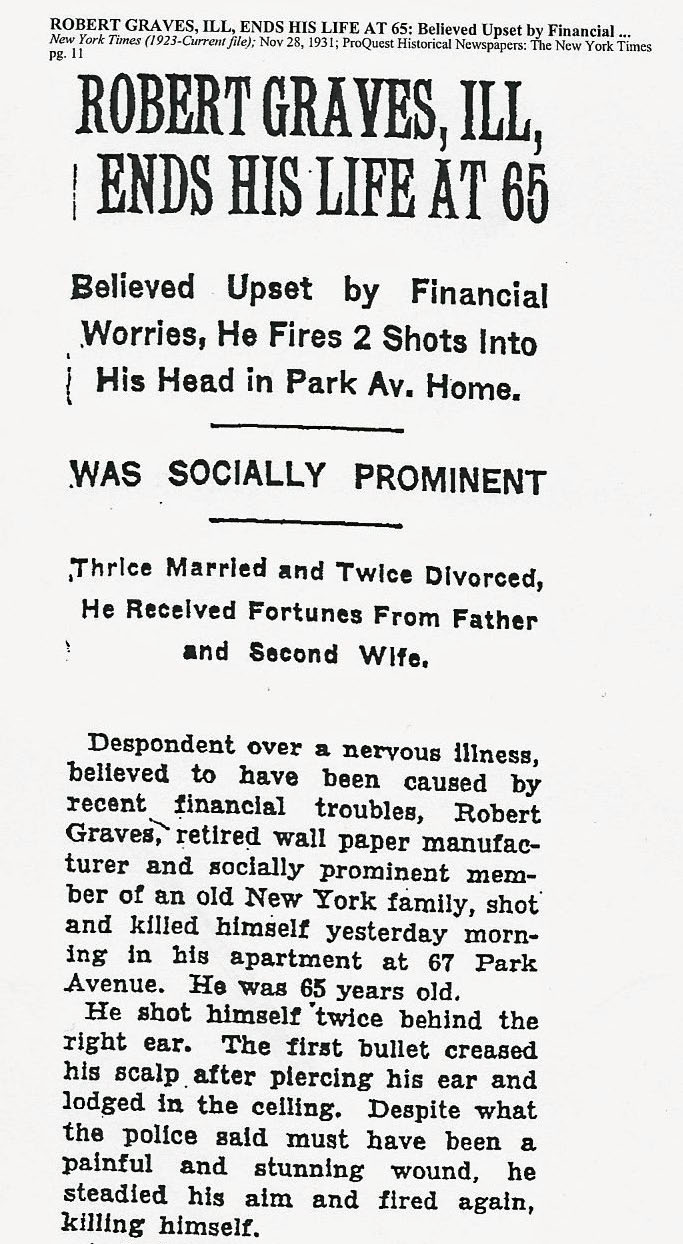
At the age of 65 and in ill health, Robert Graves shot and killed himself in his Park Avenue apartment in Manhattan. This is his New York Times obituary published on November 28, 1931.
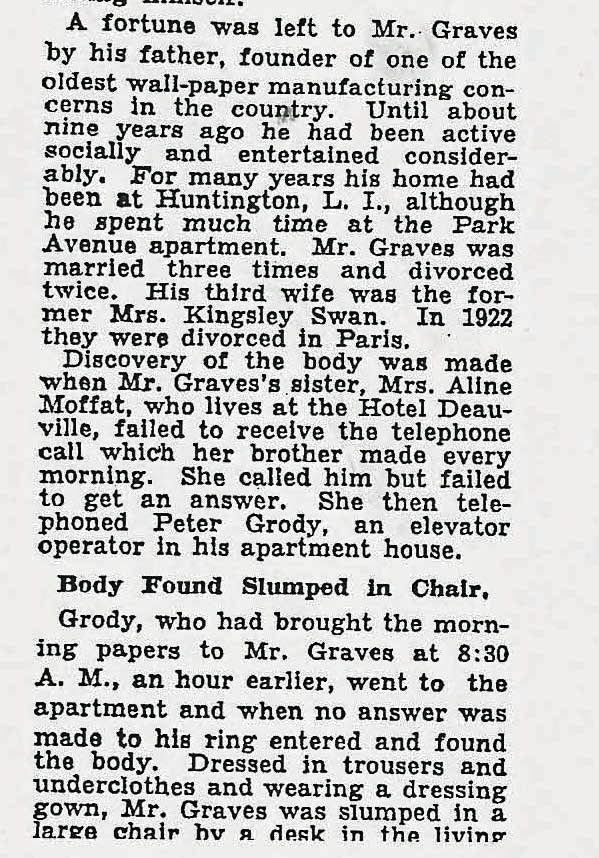
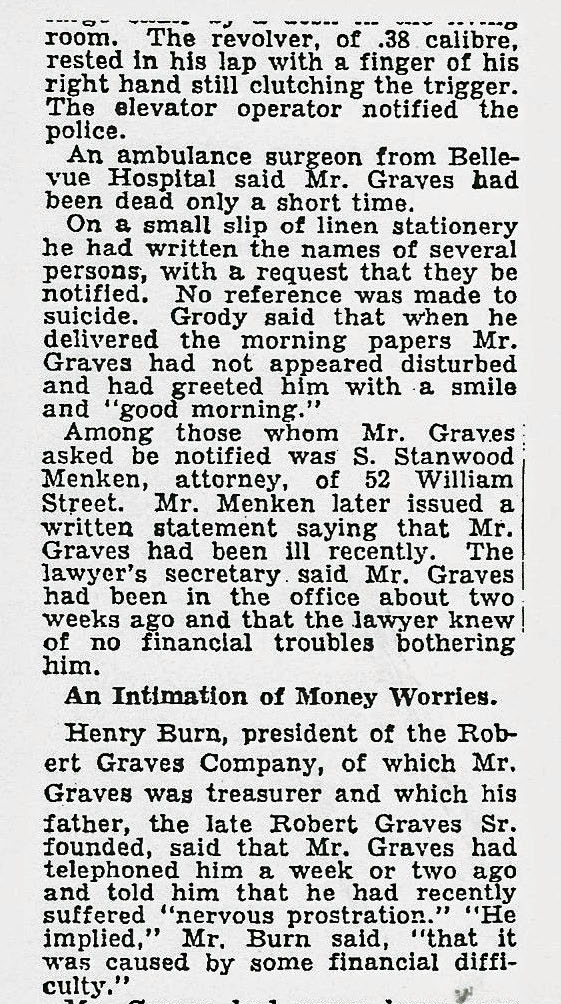
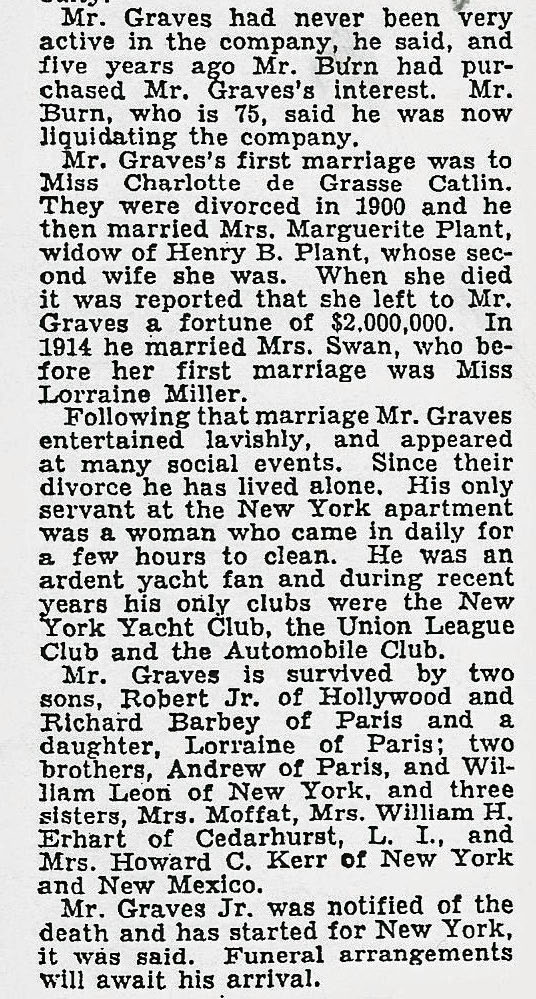






Comments
If Mr Schramm is still looking for information on Robert Graves, I can provide some offline. He was family by marriage (his sister married my great grandfather).